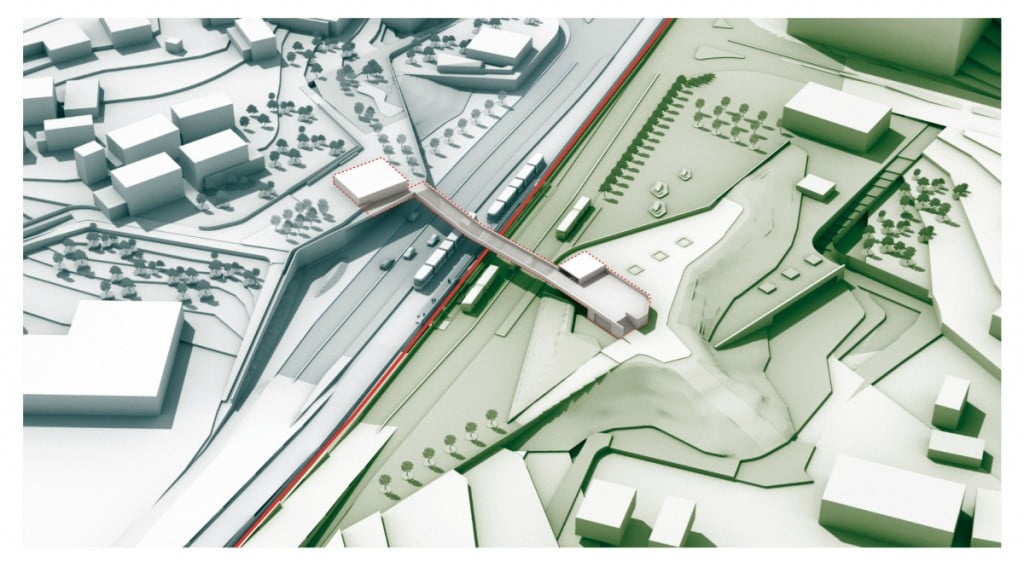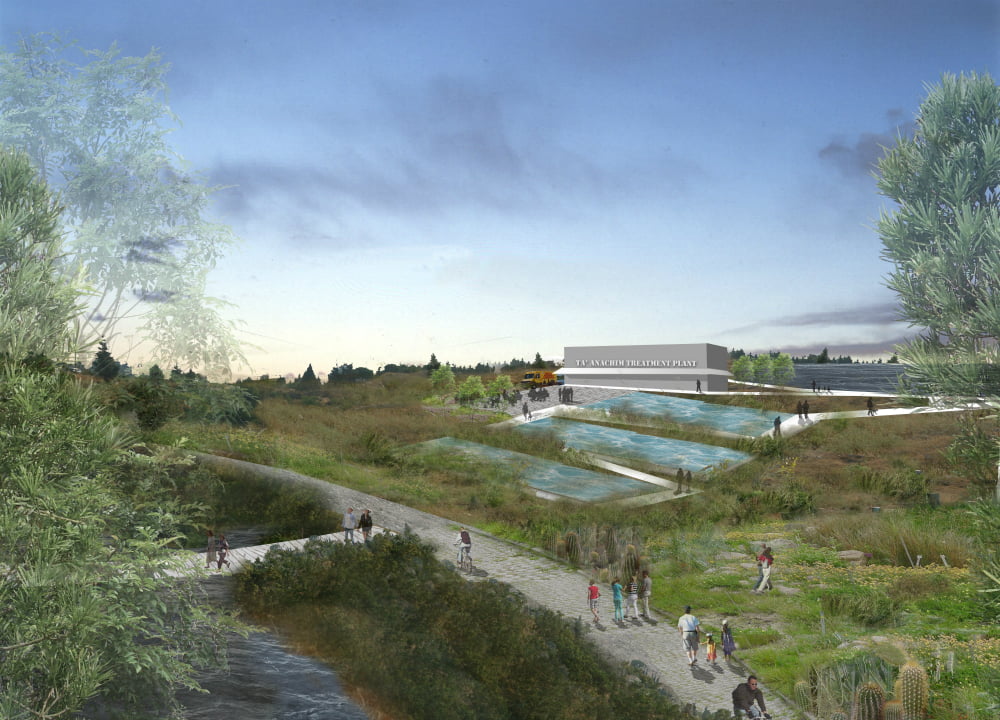Might the world be in better shape if resolving territorial conflicts were left to architects and designers instead of states and governments? That’s not a hypothetical question, because in the Middle East, some architects are already busy answering that.
SAYA Design for Change, an Israeli architecture firm, says it’s using its knowledge of space and planning to design practical ground solutions to border conflicts like the ones between Israel and the Palestinian Territories and Greek and Turkish Cyprus.
Related articles
- How Israel’s ‘Engineers Without Borders’ Are Changing The World
- Israeli Architects Create Tiny Artist Studio That Doubles As Living Space
“We try to figure out how we, as architects, can help create new tools and ideas to solve territorial conflicts,” CEO Yehuda Greenfield-Gilat tells NoCamels. Greenfield-Gilat is a Harvard graduate and former adviser to Israel Minister of Justice, Tzipi Livni.
Frustrated with the lack of architectural discourse concerning the controversial security fence dividing Israel and the Palestinian Territories, CEO Yehuda Greenfield-Gilat and co-founder Karen Lee Bar Sinai decided establish SAYA. “Architects were under the assumption that since this matter was political, planners had nothing to do with it,” says Greenfield-Gilat in an interview with NoCamels. “But architects have an intuitive way of thinking about a problem and can offer different insights people wouldn’t necessarily think of.”
Preserving nature and peace
The process starts with thinking of unexplored issues, including: territorial, educational, or environmental problems. After examining and analyzing the problem, the firm builds a design for a possible solution. Finally, they market their idea to interested clients, mainly policy makers “who have the power to set ideas into reality and influence discourse”, according to Greenfield-Gilat, in order to support the project.
One such issue is of Israeli-Palestinian land swaps, which many governments have agreed in theory would be part of any peace deal. “But no-one looks at the logistics and it’s too politically risky for the government to conduct these studies,” says Greenfield-Gilat.
Once SAYA obtains support from companies or agencies willing to develop this knowledge, they collect information through interviews and surveys. By analyzing maps and a geographical information system (GIS), the company can calculate the amount and value of the land to be given away as well as the villages, localities, and towns they would be affecting.
Sign up for our free weekly newsletter
Subscribe“We also dealt with a border zone crisis,” Greenfield-Gilat mentions. “The Kishon River flowing out of Jenin had carried sewage from the city and channeled it through the Gilboa regional council and down the Mediterranean.” As a result, Greenfield-Gilat and Bar Sinai designed a nature reserve on both sides that recycles the water and shows the importance of good neighborly relations. “The project was well received but is still in the process of finalization,” Greenfield-Gilat tells NoCamels. “It will cost around $3 million and hopefully be built between Jenin and the Gilboa regional council in the next three or four years.”
Implementing resolutions
Another location ripe with territorial conflict is Cyprus. Since the historical buildings (mosques, churches, schools) between the Turkish and Greek side of the island were deserted following a 1970’s conflict, the firm was approached by the UNDP in order to develop an all-inclusive “greenzone” plan. “The idea was to create an area that would help both sides talk and discuss their shared interests,” by transforming the uninhibited buffer zone into a shared area promoting the important historical buildings, heritage, and ideas of both sides. Unfortunately the project was stopped in the middle due to political issues but Greenfield-Gilat is hopeful it will resume.
“Less borders and more cooperation”
The SAYA team is made up of five partners who work on projects varying in size and criterion costing about $50,000 each and taking about 4-8 months to implement. The name of the company is an acronym for “Studio Aya,” in memory of their third co-founder, Aya Shapiro, killed in a 2005 Thailand tsunami. “We wanted to keep her memory active and alive,” says Greenfield-Gilat.
Projects are funded mostly by public institutions: think tanks (centers for researching ideas), organizations interested in developing specific conflicts, municipalities, city councils, or government agencies.
Future conflicts SAYA intends to explore are those along the US-Mexican border and in the Balkan countries. “The world is moving towards less borders and more cooperation, especially economic cooperation, so the security has to be much more advanced to support the economy. We need to create a more efficient system.”
“We are not the ones who decide or who even recommend what the layout of borders should be,” sums up Greenfield-Gilat on Israel territorial conflicts, “but it’s important for us as Zionist Israelis that every solution will be pro-Israel and will support Israelis’ security, as well as maintaining a Jewish democratic state. We are only trying to offer a mechanism and methodology for the ‘how.’”
Photos: courtesy
Related posts

Rehabilitation Nation: Israeli Innovation On Road To Healing

Israeli High-Tech Sector 'Still Good' Despite Year Of War






Facebook comments